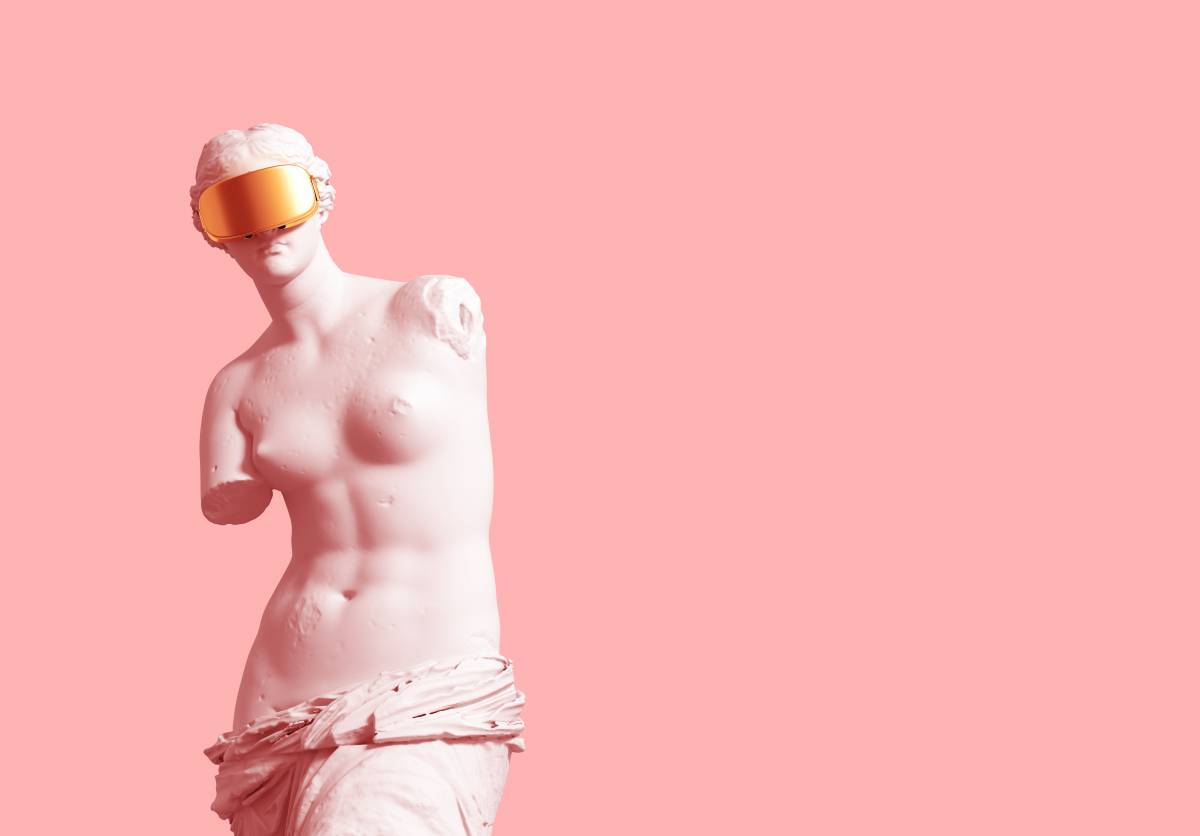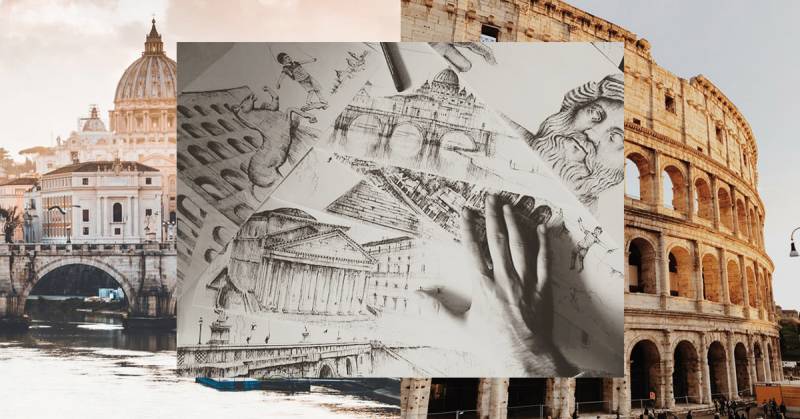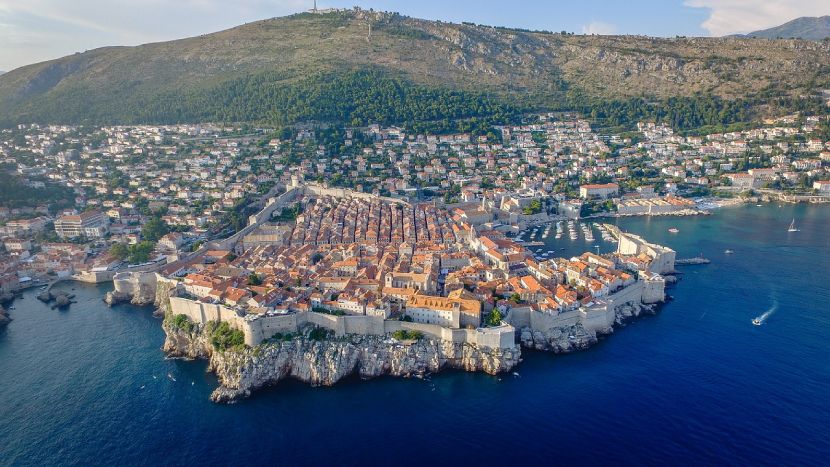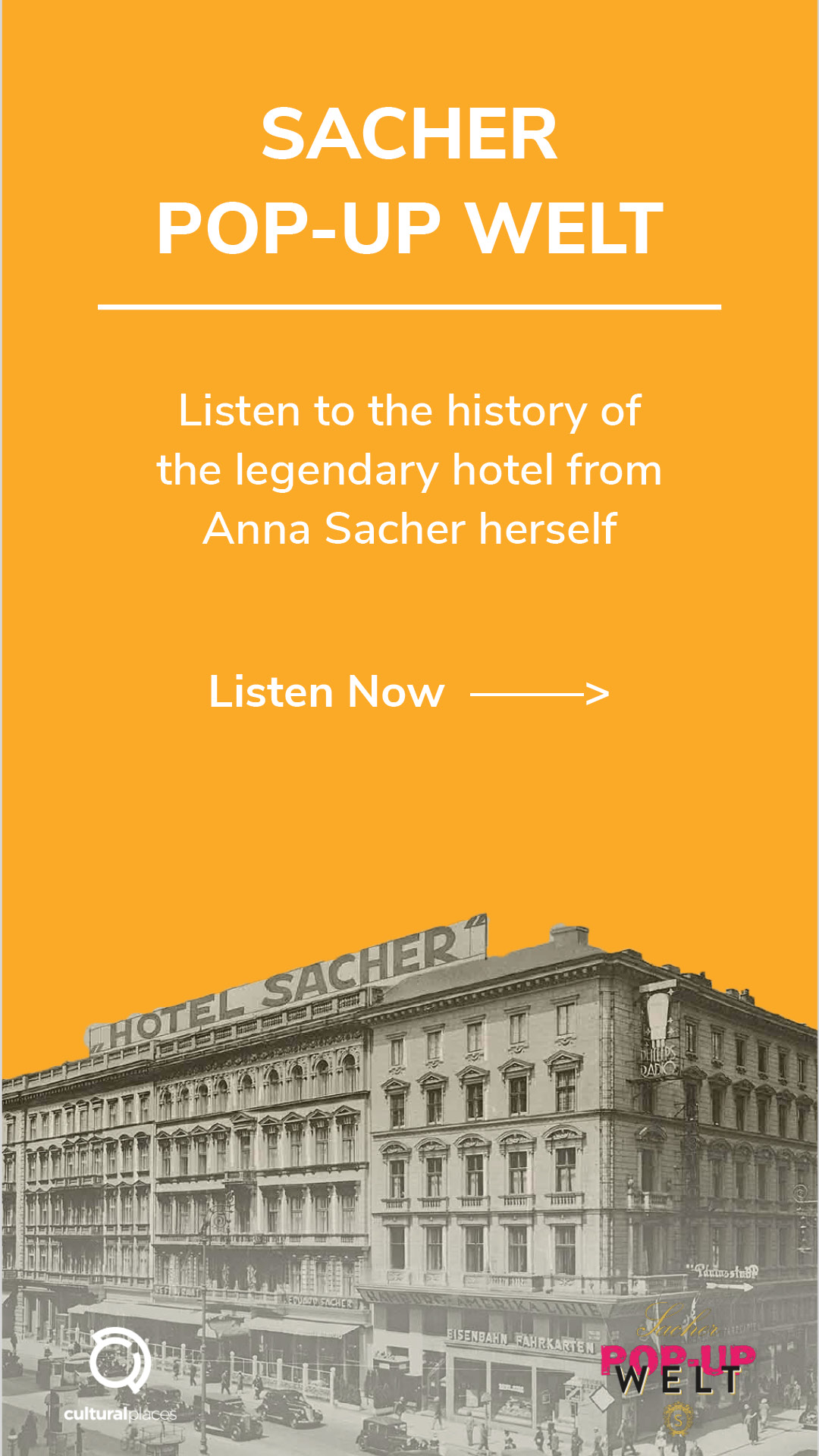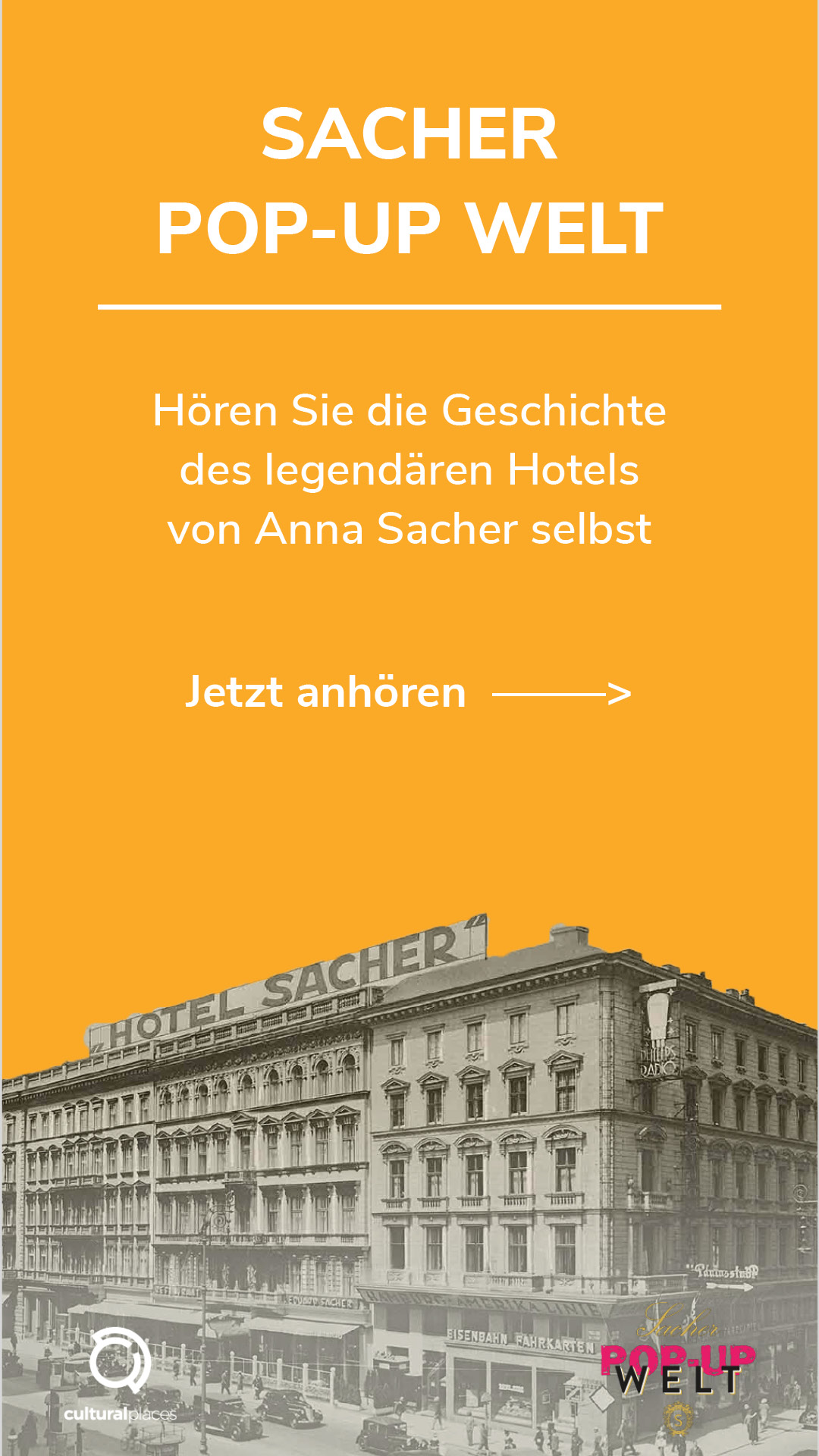The Digital Space and How Museums Can Make Use of It
When thinking of a museum, most people imagine a building where pictures and sculptures are on display. The exhibitions convey knowledge, inspiration, and new perspectives on the well-known. In addition, the rooms themselves create a special atmosphere that allows us to immerse ourselves in the world of art and culture. For many, experiencing this space is a crucial part of the museum experience. But not only since COVID-19 have there been exciting approaches to break open this traditional perception and expand it with digital offers.
The Digital Space
In contrast to the physical space of the museum, the digital or virtual space is more difficult to grasp. It can mean the entirety of the web, the “real” worlds of a computer game, or the expansion of a physical space.
By using digital methods, things can be made visible that are difficult to show in “normal” exhibitions, such as older versions of a painting that has been painted over or delicate exhibits that are rarely or never exhibited and stored in the archive. Audios, moving images, and 3D animations can be provided as additional information. Museums and other cultural organizations can also use social media to expand the space in which they bring content to existing and new target groups.
AR, VR, and Immersion
AR and VR are an elaborate way of expanding the “real” space. As a result, the museum can invoke the feeling of immersion, to immerse yourself deeply in something, in a virtual space. But not only do special devices have to be purchased for this, content also has to be developed and designed specifically for this relatively new format.
For example, the numerous Van Gogh Immersive Experiences in Europe and the USA, which became popular overnight through an appearance on Netflix’s “Emily in Paris.” Some of them also work with AR or VR, but they primarily use projections in the entire exhibition space, which gives visitors the feeling of standing inside the pictures of Van Gogh. There is also criticism of some of these exhibitions – not entirely without good reason, as some providers are likely far removed from Van Gogh as an artist and mainly rely on atmosphere and beautiful images that are well-suited for instagrammable photos. Even if the conveyance of content tends to take a back seat here, this new format can be seen as a low-threshold offer that can perhaps interest people who do not feel addressed by more traditional museum experiences and make them receptive to art.
Making the Invisible Visible
The online project Inside Bruegel from the Kunsthistorisches Museum in Vienna also works almost exclusively with images, but they are not showing only reproductions or high-quality adaptions of Bruegel’s works. Users can choose whether they want to see infrared images, macro photography, infrared reflectography and/or X-ray images of the paintings. This way they gain deep insights and can understand how the works were created. Additionally, they can learn about the restoration process of some of these old masterpieces. This expansion of the physical space with the help of digital methods offers users added value that goes beyond the conventional museum experience.
Opportunities Beyond AR and VR
AR, VR, or extensive projections require a lot of financial and human resources. But even simpler measures such as podcasts, videos, or a strong presence on social media is an extension of the museum into the digital space and can thus address potentially new and different target groups.
Many museums have increasingly relied on social media, especially since the beginning of the pandemic, in order to stay in contact with their audience. What was previously not much more than nice to have has turned out to be an important tool to not lose touch and continue to deliver content to interested parties despite the forced closures. According to a study by The Art Magazine, Twitter was the online platform most used by museums before COVID, but now the image-heavy Instagram is clearly ahead. It also shows that the majority of the museums in the study have gained significant numbers of followers since March 2020.

The Hotel Sacher Pop-up Welt can now be visited virtually
Online Exhibitions and Guides
When museums and exhibitions are closed, what could be more obvious than bringing exhibitions digitally into people’s homes? If a trend towards digital guides and exhibitions was already noticed before spring 2020, the need has clearly increased. Digital (audio) guides can also be used on-site, and they have the advantage that they run on the visitor’s own smartphone: no devices switch from hand to hand and have to be disinfected at great expense.
We at Cultural Places were happy to implement a digital project for the Hotel Sacher Wien in 2021: Due to the pandemic, part of the Sacher Eck was redesigned into a temporary exhibition. It could also be visited physically, but due to the unclear and inconsistent situation, the risk was high. Our digital media guide shows pictures of the exhibition and a large selection of historical images that you would otherwise not get to see. In addition, the story of the legendary hotel is told from the perspective of Anna Sacher. This digital guide offers the opportunity to visit the Sacher Pop-up Welt virtually, even if you couldn’t be there – and you can immerse yourself in the history of Hotel Sacher even now after the exhibition has ended.
Conclusion
In order to use digital media and thus the virtual space as an extension of traditional museum activities, measures with high technical effort such as AR or VR are not necessarily required. Social media, video, or online exhibitions may not seem quite spectacular at first glance, but – if used wisely – can open up new target groups, enable low-threshold access to art and culture, and much more. Digital guides with a wide variety of features can also help to offer safe solutions for museum visits and to provide audiences with exciting content.
Stay tuned to this space – we will continue to deal with the topic of digitization and digitalization in the arts and culture sector and write about accessibility through digitization, digital art, social media, and much more!

